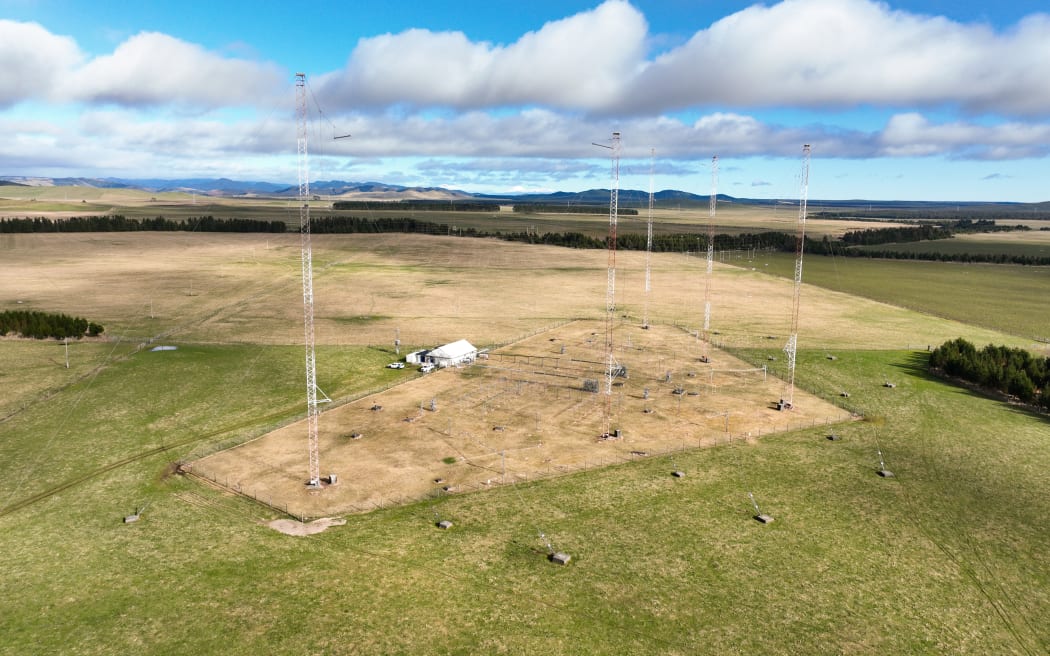RNZ fires-up new transmitter to cover the Pacific

RNZ went live on 1 August with its new RNZ Pacific shortwave transmitter.
The commissioning of the transmitter was officiated by the Minister of Foreign Affairs, the Rt Hon Winston Peters, at RNZ House in Wellington.
In a NZ$4.4-million-dollar project, RNZ has installed a new Swiss-made Ampegon shortwave transmitter, capable of both digital and analogue signal, to replace its old transmitter.
Chief Executive and Editor-in-Chief Paul Thompson said it’s a significant infrastructure upgrade and secures the future of the RNZ shortwave service into the wider Pacific.
RNZ Pacific broadcasts into the wider Pacific on shortwave 24 hours a day, broadcasting in English and Pacific languages, in collaboration with 22 broadcasting partners across the region.
“The attraction of the shortwave service is that it delivers our unique voice and content to all parts of the Pacific via a signal which can carry over great distances, and achieve good audiences,” said Thompson.
“RNZ Pacific is an essential source of information, especially so during the cyclone season or during a crisis such as the Tonga eruptions,” he said.
RNZ’s Transmission Engineer Specialist Steve White said the project to replace the 34-year-old transmitter at the Rangitaiki broadcast site near Taupō had gone smoothly – being on budget and achieved without disruption to service. “We have appreciated the close working relationship with Ampegon for the new transmitter installation,” he said.
RNZ Pacific Manager Moera Tuilaepa-Taylor said for the past 75 years RNZ had been broadcasting into the Pacific via the shortwave service. “This marks the next chapter in our proud legacy of sharing all of our unique stories across the Pacific,” she said.
RNZ’s Charter includes the provision of an international service to the South Pacific in both English and Pacific languages. As part of Budget 2022, the Government announced NZ$4.4m dollars capital funding for a new transmitter.
RNZ Pacific broadcasts into the wider Pacific on shortwave 24 hours a day, collaborating with 22 broadcasting partners across the region. Its current primary transmitter is nearing end of life, and its other transmitter has in effect already been retired.
Image: RNZ
